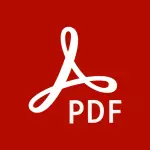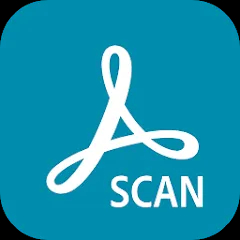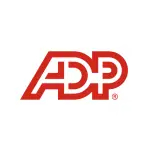Slack is a cloud-based collaboration platform designed to facilitate communication and teamwork within organizations. Launched in 2013, Slack provides a centralized hub where team members can exchange messages, share files, collaborate on projects, and integrate with various third-party apps.
Pros of Slack:
Real-Time Communication: Slack enables real-time messaging, allowing team members to communicate instantly through channels or direct messages, fostering quick decision-making and problem-solving.
Organized Collaboration: With its channel-based structure, Slack helps organize conversations and information around specific topics, projects, or teams, making it easier to find and reference relevant discussions and files.
Integration Capabilities: Slack integrates seamlessly with a wide range of third-party apps and services, such as Google Drive, Trello, Zoom, and GitHub, enhancing workflow efficiency by centralizing tools and information in one platform.
Searchable Archives: Slack archives all messages and files shared within the platform, making it easy to search and retrieve past conversations and documents, even months or years later.
Customization Options: Slack allows users to customize their workspace with personalized themes, notification preferences, and app integrations, tailoring the platform to suit their specific needs and preferences.
Cons of Slack:
Potential for Distractions: The real-time nature of Slack can sometimes lead to distractions and interruptions, as team members may feel pressured to respond immediately to messages, impacting focus and productivity.
Learning Curve: While Slack is relatively user-friendly, mastering its full range of features and customization options may require some time and effort, particularly for new users or teams transitioning from other collaboration tools.
Notification Overload: Without proper management, Slack notifications can quickly become overwhelming, leading to notification fatigue and decreased responsiveness.
Data Security Concerns: As a cloud-based platform, Slack raises potential concerns about data security and privacy, particularly for organizations handling sensitive information or operating in regulated industries.
Cost Considerations: While Slack offers a free version with basic features, advanced functionality and additional storage options are available through paid plans, which may pose cost considerations for organizations with larger teams or specific requirements.
Functions of Slack:
Messaging: Slack allows users to send text messages, emojis, and files to individuals or groups through channels or direct messages.
Channel-Based Communication: Users can create channels for different teams, projects, or topics, facilitating organized communication and collaboration.
File Sharing: Slack enables users to share files, documents, images, and videos directly within conversations, making it easy to collaborate on projects and share resources.
App Integration: Slack integrates with numerous third-party apps and services, allowing users to bring external tools and information directly into their Slack workspace.
How to Use Slack:
Create an Account: Sign up for a Slack account using your email address and create a workspace for your team or organization.
Invite Team Members: Invite team members to join your Slack workspace by sending them email invitations or sharing a unique invite link.
Set Up Channels: Create channels for different teams, projects, or topics, and invite relevant team members to join these channels.
Start Messaging: Start messaging by selecting a channel or initiating a direct message with a team member, and type your message in the message field.
Explore Features: Explore additional features such as file sharing, app integration, search functionality, and customization options to maximize the utility of Slack for your team.
In conclusion, Slack serves as a powerful collaboration tool for teams and organizations, offering a wide range of features to streamline communication, enhance productivity, and foster teamwork. By understanding its capabilities and considerations, users can leverage Slack effectively to optimize their workflow and achieve their goals.
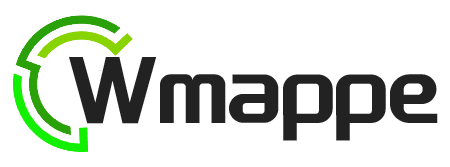
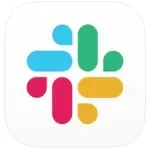


 0
0 
